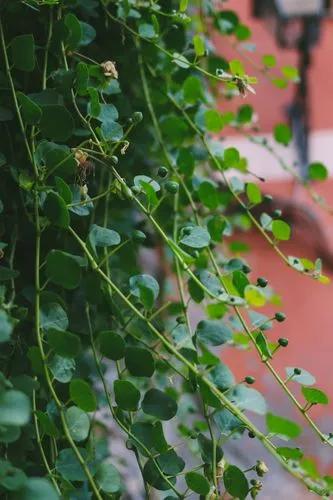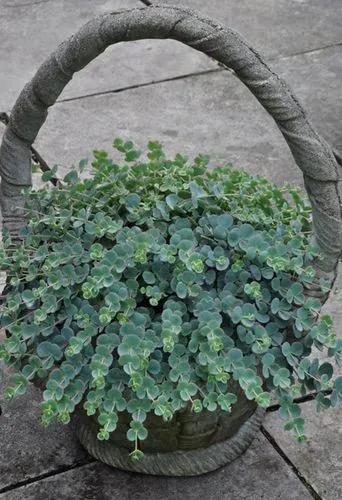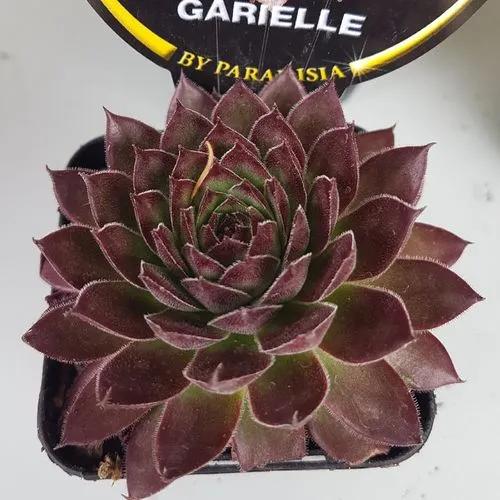Welcome to the wonderful world of Greene's Liveforever. This unique plant is a great choice for your home, bringing a bit of the outdoors inside with its easy-care nature. This species is an excellent choice for rock, dry, and container gardens.
Greene's liveforever Care
Dudleya greenei



Native to California, Dudleya greenei is popular for its unique appearance and low-maintenance requirements. As a member of the Crassulaceae family, this plant typically grows up to 1 foot (30 cm) tall and wide. Also known as Greene's Liveforever, Dudleya greenei has rosettes of pale blue-green leaves that are slightly curved and covered in a powdery coating, giving the plant a unique and attractive appearance. As for blooming, this plant produces tall, branching inflorescences with small, bell-shaped flowers in shades of pink or white in spring and summer.
How to Care for the Plant

Water

Give your Greene's Liveforever a drink when the soil feels completely dry to the touch. This plant is drought-tolerant, so rinse it once a week in summer, and water your Greene's Dudleya once every two weeks in spring and fall. When winter comes, this greenie goes dormant and can do without water for several weeks.

Pruning

As Greene's Liveforever is a slow-growing succulent, cutting it is unnecessary. You can lightly prune the plant as needed to maintain its shape but don't cut off too much, as you risk killing the plant.

Fertilizer

This plant doesn’t require frequent fertilization; however, a light application of a balanced 10-10-10 NPK ratio fertilizer in spring can help promote healthy growth. Dilute the fertilizer to half-strength to avoid burning the plant's roots.

Sunlight

Greene's Liveforever feels best in bright locations under the indirect sun. When growing it at home, place the plant near a south- or west-facing window to ensure the succulent receives at least 6 hours of sunlight every day. Avoid exposing the plant to direct sunlight, as it might scorch leaves.

Soil

Succulent plants grow best in well-draining and poor-in-nutrient growing mediums. Opt for specifically combined for cactuses and succulents soil or prepare it on your own by mixing equal parts potting mix, sand, and perlite.

Propagation

The easiest way to propagate Greene's Liveforever is stem cuttings. Take a 3-4 inch (7-10 cm) long stem from a healthy plant and let it dry for a few days until the cut end forms a callus. Plant the cutting in a well-draining soil mix, burying the end about 1 inch (2 cm) deep. Water the sprout lightly afterward and keep it in a bright, sunny location with good air circulation. The cutting should root within several weeks.

Temperature

Greene's Liveforever prefers a moderate climate with a 60-80°F (15-26°C) temperature range. It can tolerate short periods of as high as 86°F (30°C) but bring the plant inside when the temperature drops below 41°F (5°C).

Container

As a slow-growing plant, Greene's Dudleya needs a big pot, preferably made of organic materials like terra cotta or unglazed clay. Pick a container that is slightly bigger than the plant’s root ball. The pot should contain draining holes, as this succulent is susceptible to root rot caused by waterlogging.

Fun fact

This succulent plant is named after Edward Lee Greene, a renowned botanist who made significant contributions to the study of California flora in the late 19th and early 20th centuries.

Popularity

6,850 people already have this plant 1,309 people have added this plant to their wishlists
Discover more plants with the list below
Popular articles






